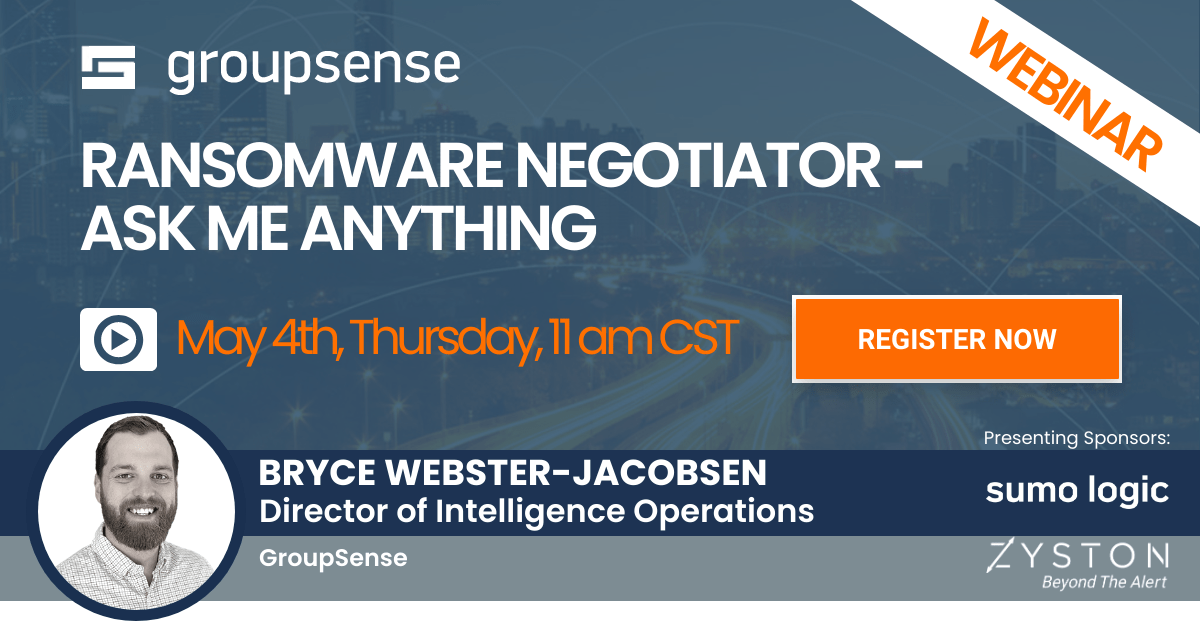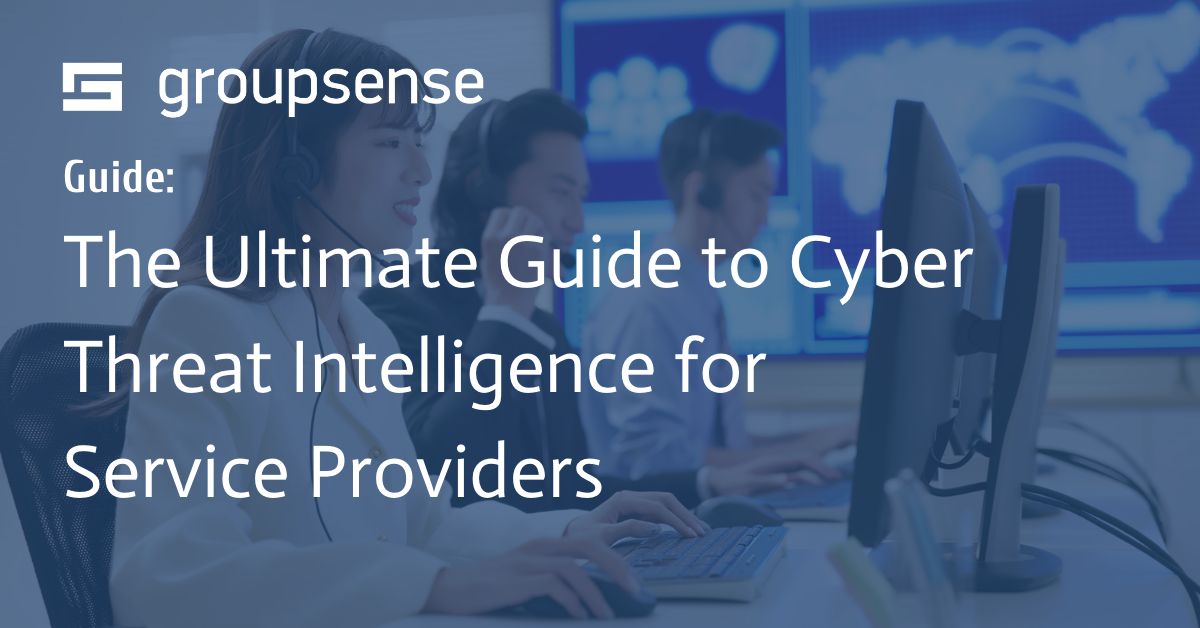Article originally posted on SC Media
The recently released White House National Cybersecurity Strategy was a welcome sight for many because it shows how seriously the United States takes cybersecurity. The strategy was made appropriately broad to capture the multi-faceted, complex nature of the cybercrime threat landscape in 2023. It focuses on critical infrastructure resilience and the role software vulnerabilities play in cyberattacks. It seeks to capitalize on the recent success multi-national law enforcement efforts have had on cybercrime and outlines further implementation of the Anti-Money Laundering/Combating the Financing of Terrorism (AML/CFT) and Know Your Customer (KYC) standards to make using cryptocurrencies for ransomware more difficult.
However, there were some oversights in the strategy that the White House needs to rectify if we are to make progress with cybersecurity. I think the administration should consider these recommendations:
- Focus on smaller companies. The strategy says that private sector companies are capable of mitigating most cyber incidents without direct federal assistance. I wonder which companies they are talking about? According to the U.S. Small Business Administration, small- to medium-sized businesses (SMBs) generate more than 44% of the national GDP. We must address cybersecurity with SMBs if we are ever to make progress against ransomware and other types of cyberattacks.
- Stop operating in silos. As one of its objectives, the U.S. government says it plans to increase intelligence-sharing with the private sector and cyber-crime victims. This sounds good, but federal agencies operate in silos – they don’t communicate with each other, let alone the private sector. The government needs actionable strategies to tear down the silos so agencies can effectively communicate with each other and the people they serve. As for cybercrime victims, it’s a murky situation – victims rarely know if they should report to the FBI, CISA or to local law enforcement.
- Regain the trust of the cloud providers. Regarding the government collaborating with cloud providers, the strategy says that the Biden administration will identify gaps in authorities to drive cybersecurity practices in the cloud-computing industry and other essential third-party services, and work with industry, Congress and regulators to close them. Again, this sounds fine. But cloud providers don’t trust the government – and for good reason. For example, the government has tapped some cloud providers to get information on their users. The government has a lot of work to do to establish trust before cloud providers will work with it.
- Reconsider imposing too much liability on insecure software products. This notion in the White House strategy has earned a lot of press since it was first announced. But really, it’s the pot calling the kettle black. How often has the government created vulnerable and brittle systems that fail? For example, the data breach at the U.S. Marshall’s Service was caused by exactly this issue. The strategy puts too much liability on software vendors' insecure products. It’s another case where the U.S. federal government needs to look in the mirror before accusing others.





